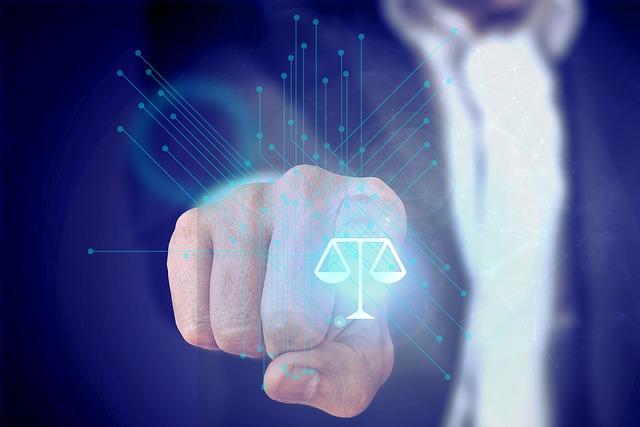Understanding Criminal Law Acts: A Comprehensive Guide

Criminal law is a critical area of legal practice that encompasses the body of laws defining criminal offenses, governing the prosecution and defense of those accused, and outlining the penalties for convicted individuals. This extensive field is crucial in maintaining public order and ensuring justice. This blog aims to provide a detailed exploration of criminal law acts, including key legislation, their impact, and practical applications. We will cover various aspects, including significant acts, their historical context, and how they shape the legal landscape today.
1. Introduction to Criminal Law Acts
Criminal law acts are legislative measures that define what constitutes a crime and set out the penalties for committing those crimes. They serve as a framework for maintaining public order and administering justice. These laws vary significantly across different jurisdictions but share common principles aimed at deterring criminal behavior, punishing offenders, and rehabilitating those who have broken the law.
External Link: Introduction to Criminal Law
2. Key Criminal Law Acts
2.1. The Criminal Justice Act 2003 (UK)

The Criminal Justice Act 2003 is a significant piece of legislation in the United Kingdom that introduced various reforms aimed at improving the efficiency of the criminal justice system. It focuses on changes related to sentencing, evidence, and the rights of victims.
External Link: Criminal Justice Act 2003 Summary
2.2. The Federal Criminal Code (USA)
In the United States, the Federal Criminal Code encompasses a wide range of statutes that define federal crimes and procedures. The code covers everything from drug offenses to white-collar crimes and is an essential component of federal criminal law.
External Link: Federal Criminal Code Overview
2.3. The Penal Code (India)

India’s Penal Code, established in 1860, provides a comprehensive framework for criminal law in India. It defines various offenses, including murder, theft, and fraud, and outlines the corresponding penalties.
External Link: Indian Penal Code
3. Historical Development of Criminal Law Acts
The evolution of criminal law acts reflects changes in societal values and the legal system’s response to emerging criminal behaviors. Historical developments include:
3.1. Ancient Legal Codes
Early legal codes, such as the Code of Hammurabi in ancient Babylon and the Roman Law of the Twelve Tables, laid foundational principles for criminal law. These early codes addressed crimes and punishments, influencing modern legal systems.
External Link: Code of Hammurabi
3.2. Modern Reforms

The 19th and 20th centuries saw significant reforms aimed at addressing issues such as systemic biases, the treatment of juvenile offenders, and the introduction of more nuanced sentencing guidelines.
External Link: History of Criminal Law Reforms
4. Impact and Application of Criminal Law Acts
Criminal law acts have a profound impact on both individuals and society. They provide a structured approach to addressing criminal behavior and ensuring justice. Key areas of impact include:
4.1. Law Enforcement
Criminal law acts guide the actions of law enforcement agencies, ensuring that investigations and arrests adhere to legal standards and protect individual rights.
External Link: Role of Law Enforcement
4.2. Court Proceedings
These acts shape court proceedings, including how evidence is presented, the rights of defendants, and the procedures for trials and sentencing.
External Link: Court Proceedings in Criminal Law
4.3. Sentencing and Rehabilitation
Sentencing guidelines within criminal law acts help ensure that penalties are fair and proportionate to the offenses committed. Additionally, many acts include provisions for rehabilitation programs aimed at reducing recidivism.
External Link: Sentencing Guidelines
5. Challenges and Controversies
Despite their crucial role, criminal law acts are not without challenges and controversies. Issues include:
5.1. Disparities in Sentencing
Disparities in sentencing can occur due to various factors, including race, socioeconomic status, and jurisdictional differences. Addressing these disparities is a continuous challenge for the legal system.
External Link: Sentencing Disparities
5.2. Privacy and Surveillance
Advancements in technology have led to debates over privacy and surveillance. Balancing public safety with individual privacy rights remains a contentious issue.
External Link: Privacy vs. Surveillance
6. The Future of Criminal Law Acts
The future of criminal law acts is likely to be shaped by ongoing social, technological, and legal developments. Key areas of focus include:
6.1. Technology and Cybercrime
As technology evolves, so do criminal activities. Future criminal law acts will need to address emerging forms of cybercrime and digital offenses.
External Link: Cybercrime and Law
6.2. Criminal Justice Reform

There is an ongoing push for criminal justice reform aimed at addressing systemic issues and improving fairness and effectiveness in the legal system.
External Link: Criminal Justice Reform
Conclusion
Criminal law acts are foundational to maintaining order and justice within societies. By defining criminal behaviors and outlining appropriate penalties, these laws play a crucial role in protecting individuals and communities. Understanding these acts—through their historical evolution, impact, and future challenges—provides insight into the complex world of criminal law and its ongoing development.


